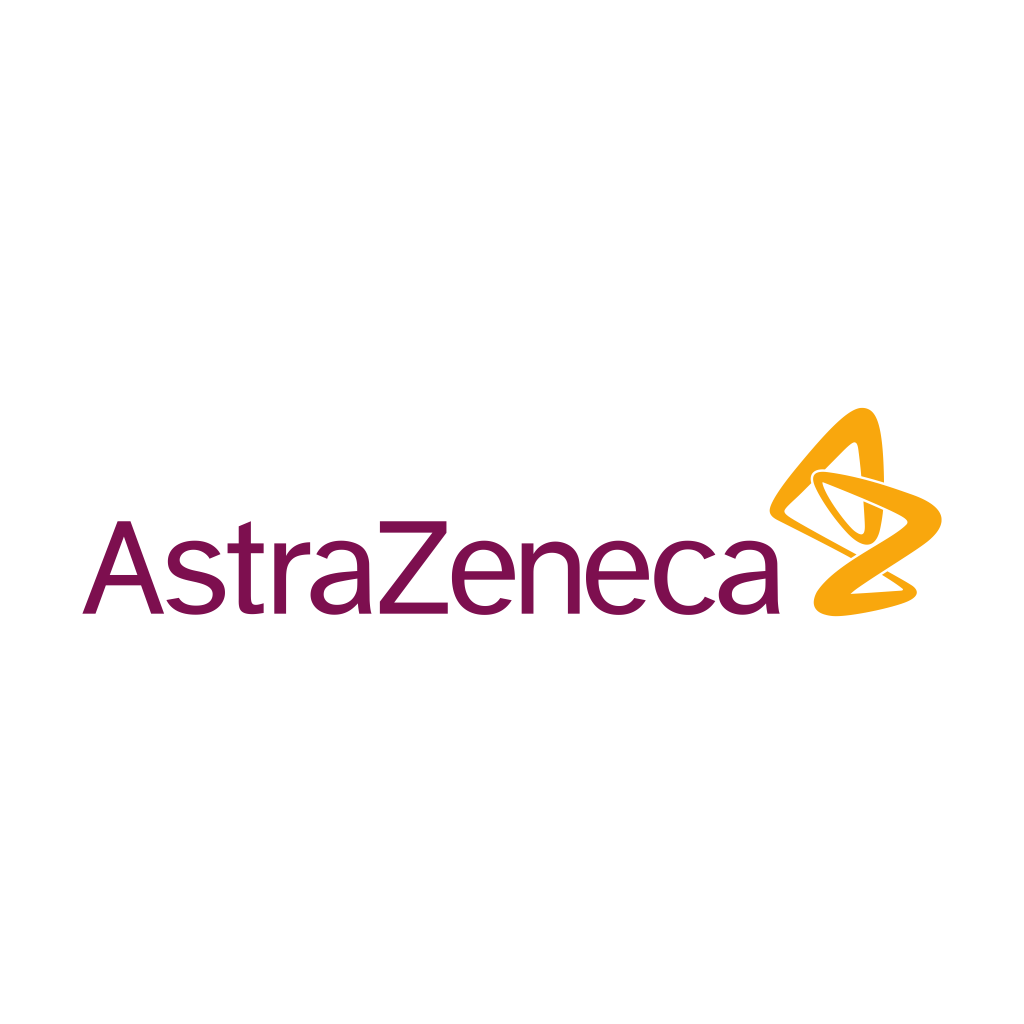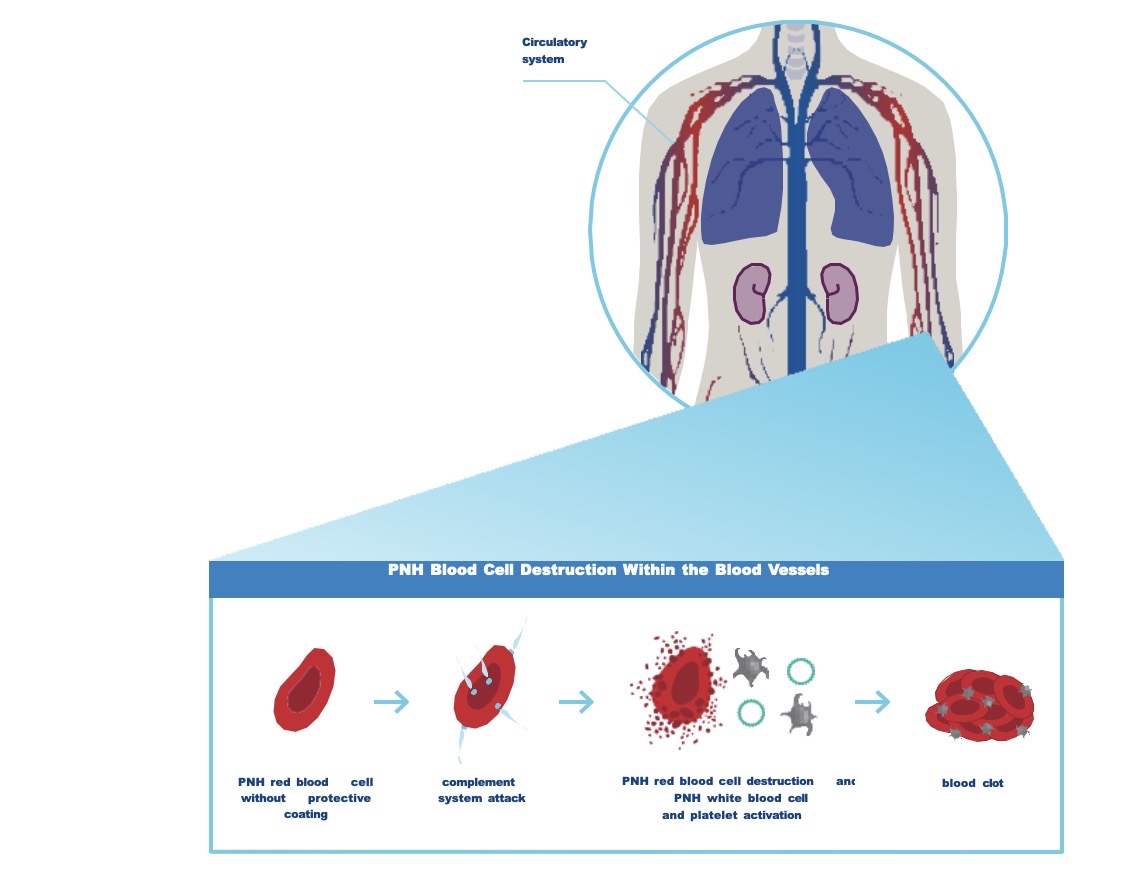
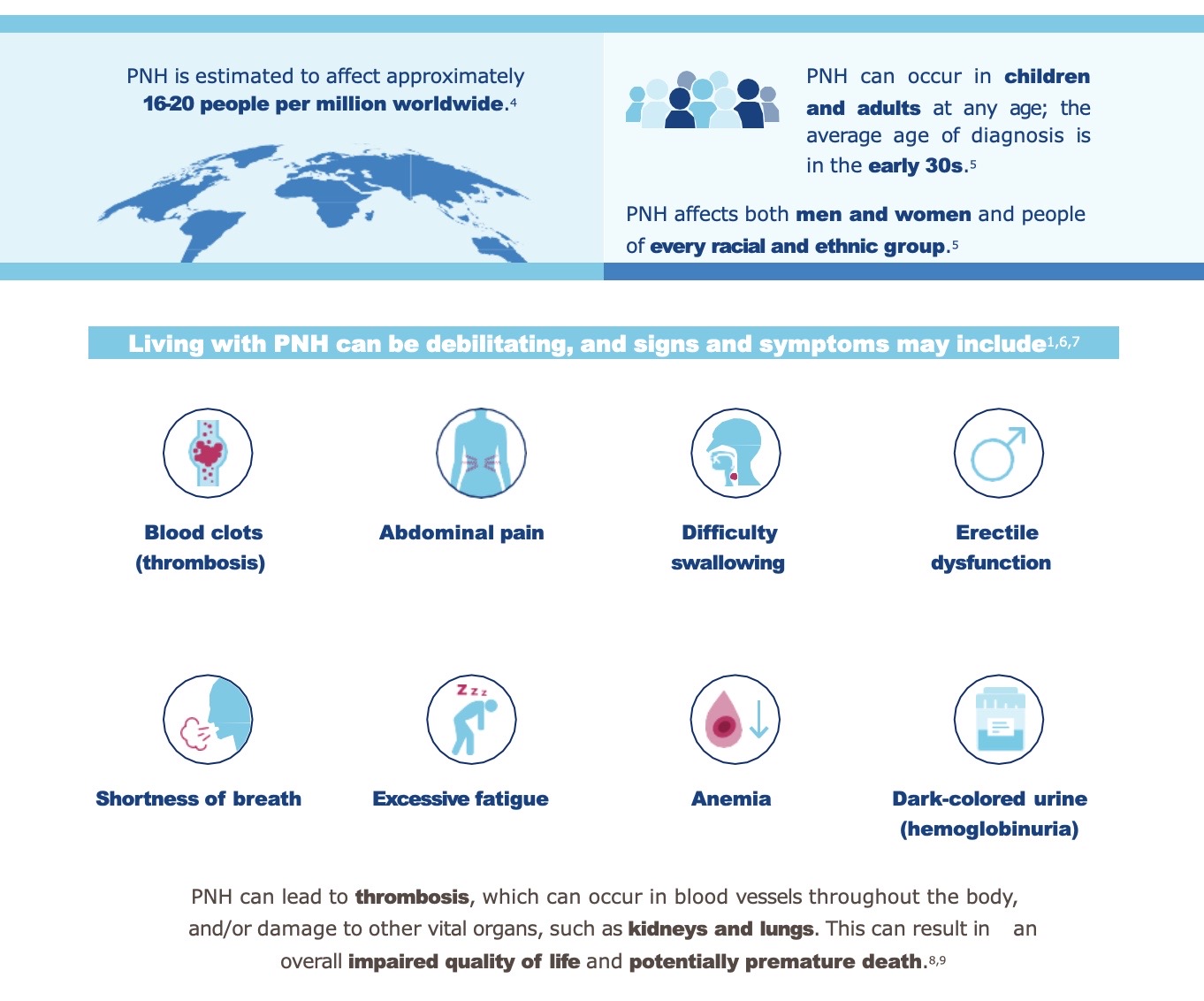
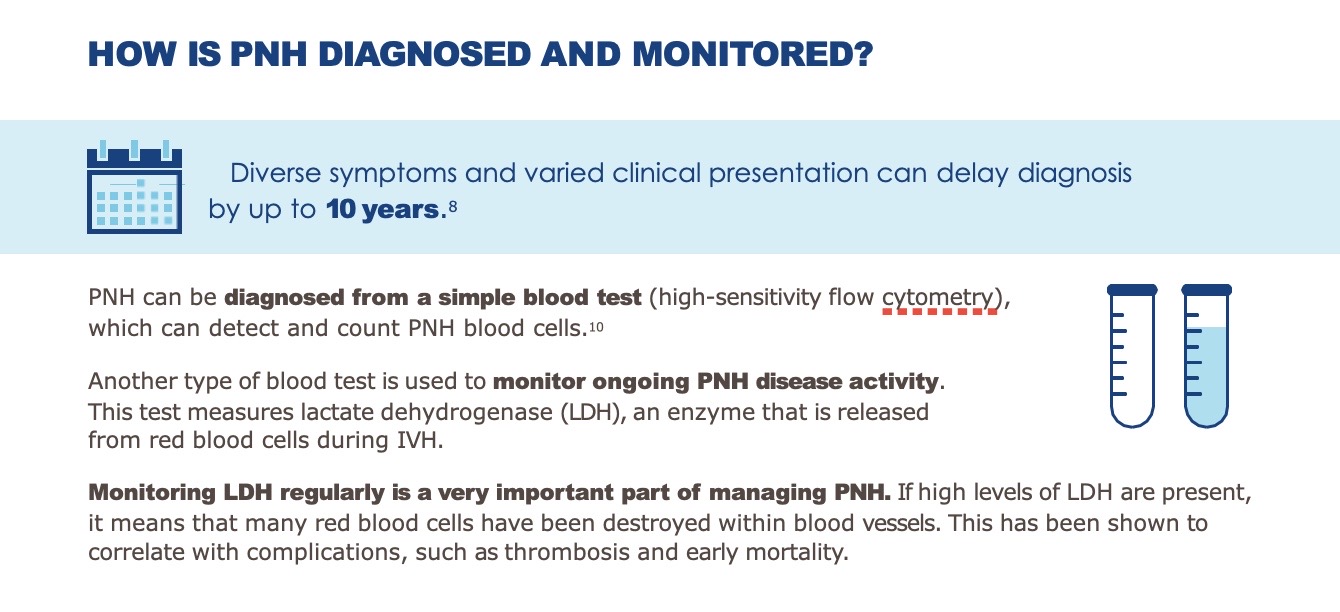
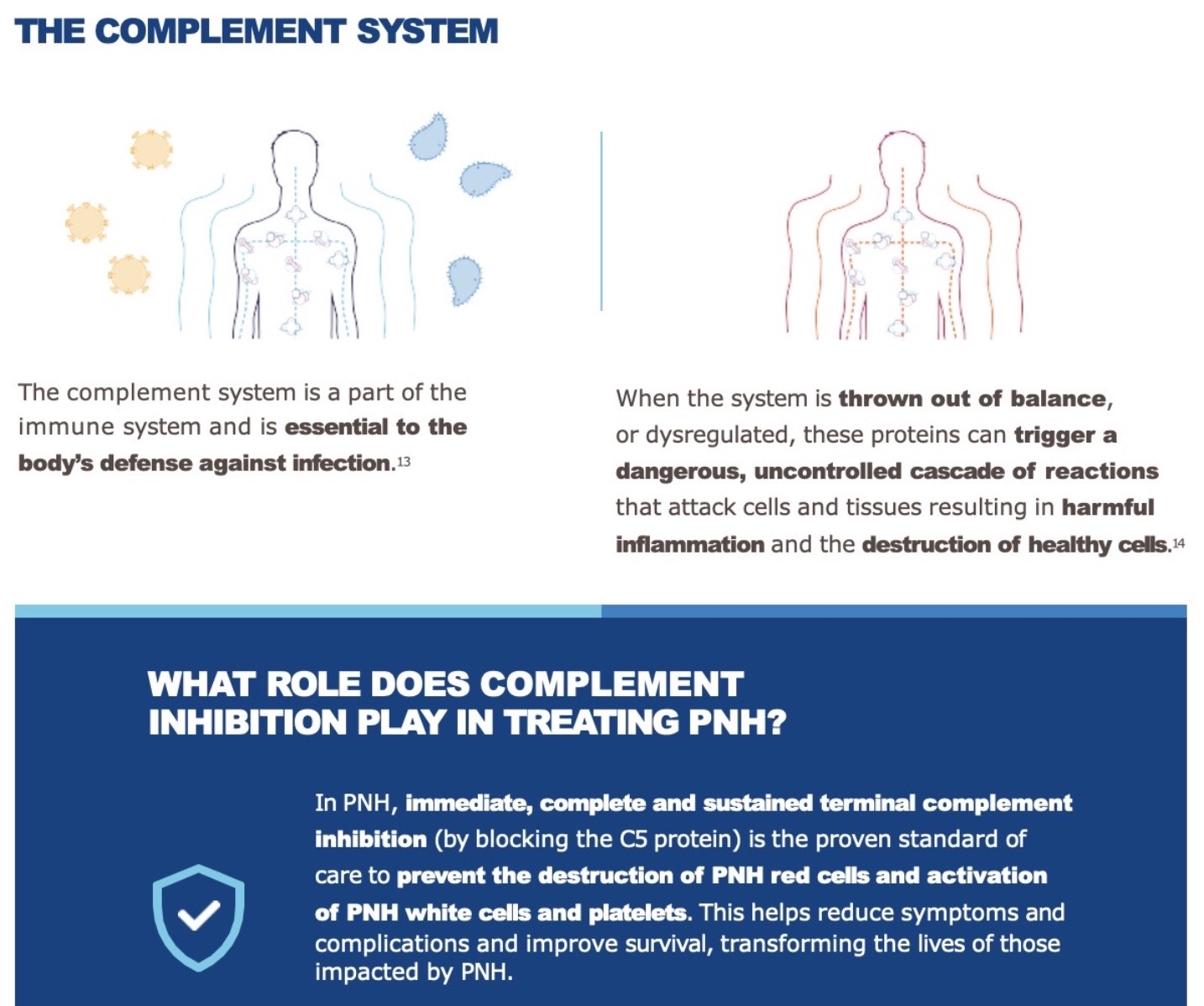
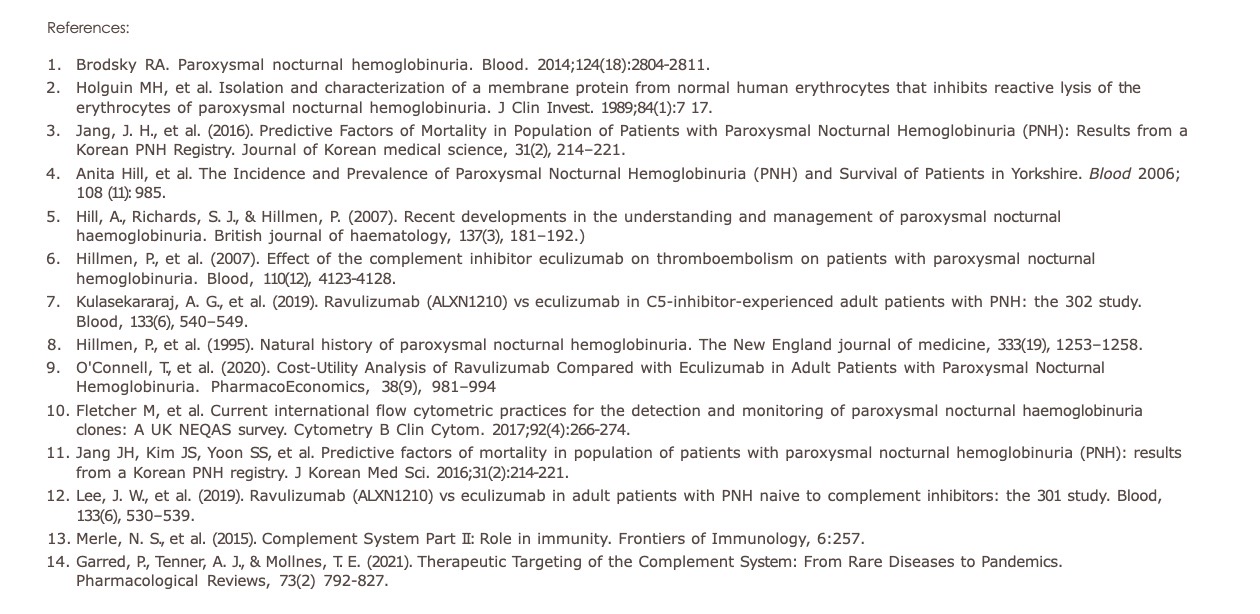
Please find herewith the SmPC link for KSA. KSA – 10mg
For Medical information
Website: https://contactazmedical.astrazeneca.com
E-mail: medinfo-ksa@astrazeneca.com
For AE reporting send email to ksa.ae@astrazeneca.com
AstraZeneca Saudi Arabia Al-Nakhla Tower – Floor 13th Ath
Thumamah, Road – Al Sahafa District. 7198
Unit No. 20 ,Riyadh 13315 – 3642.
Tel: +966 (011) 22 492 00; Fax: +966 (011) 22 492 91
